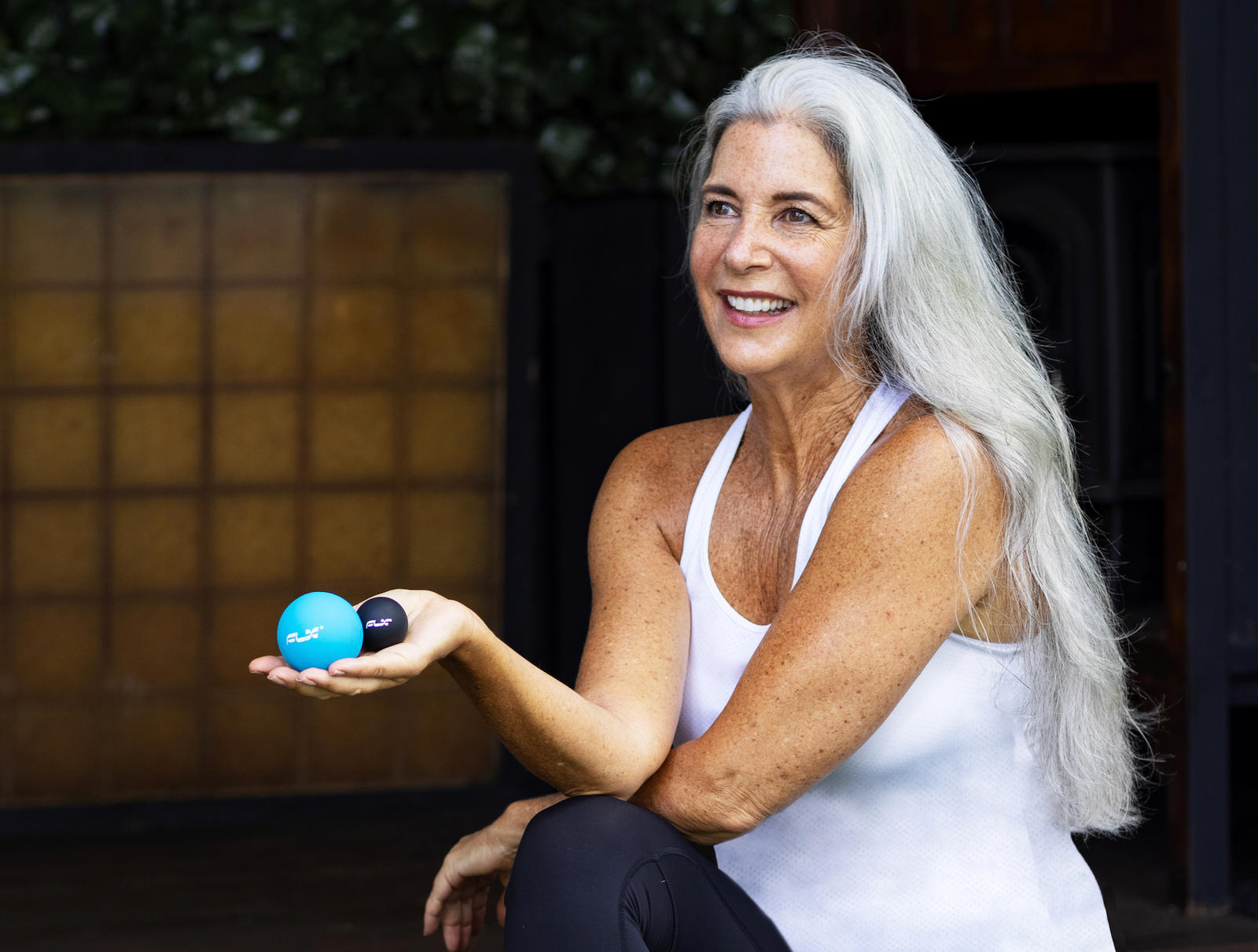What is Trigger Point Therapy?

What is Trigger Point Therapy?
Do you have a nagging pain in your neck or shoulders? Maybe pain in your lower back that you can’t seem to find any relief from? The muscles in your neck and back can become overused, tight and eventually lead to chronic pain that can be emotionally and physically exhausting. With gentle massage, you may find a ball or knot in these muscles that stretching alone doesn’t seem to help. Trigger point therapy may be your next step, as it can help to break up and release the knots you’re feeling in the muscles.
Trigger point therapy applies pressure to certain places in the muscles to help them relax. Most muscle knots are under constant tension. The tension can be from muscle imbalances or limited range of flexibility. However, it’s important that the pressure is applied to correct part of the muscle.
What are the Benefits of Trigger Point Therapy?
Trigger point therapy reduces and may even eliminate the need for pain medication and opioids and doesn’t have any side effects. It can be done without a therapist, for saving money.
The Best Tools to Use for Trigger Point Therapy
Although you may be able to use your hands for releasing muscles, typically, trigger point therapy is best done with tools like a foam roller, massage balls, or a massage roller/stick.
Foam Roller
Having a firm round surface that matches the muscle size is key. For larger muscles like the leg muscles (hamstrings, glutes, quadriceps) a foam roller is a good choice, because the quadriceps are used for all forward facing movements, and the quadriceps may have knots that just can’t be stretched. Lying face down on your elbows with the foam roller under your thighs. Next, slowly ease the tension as you roll from just above the knees to the mid-thigh for at least 60 seconds. Keep tension off the lower back by tucking your hips under as you roll up and down the thighs. This also keeps your abdominals engaged and helps open the hip flexors.
Another area that works well with a foam roller is the muscles around the spine. Simply lie down on the foam roller with your mid spine on the roller. Reach your arms out to the sides and keep your hips on the ground with knees bent. Slowly roll the foam roller between your shoulder blades putting pressure muscles on each side of the spine.
To target smaller muscles like the piriformis, (hip rotators) a mini massage ball is a good choice. Start seated with knees bent and one leg crossed with the ankle on the opposite knee. Place the mini massage ball under the hip and corner of the glute muscle. Gently lean into the ball and hold the pressure as you feel it release the muscle knot. Unlike foam rolling, for this muscle tension you should keep the ball in one place for 30-60 seconds and allow the muscle to relax.
Massage balls also work well just above the shoulder blade to ease tension in the upper back. Lie down and place the ball on the muscle knot. Hold in place for 30-60 seconds and allow the muscle to relax. Move the ball to another spot in the area and repeat until the muscle is relaxed.
A massage roller a great tool for the IT band in the thigh and the releasing tension in the calf.
Simply take the stick across the thigh (perpendicular to the thigh) and roll up and down the side and corner of the thigh from just above the knee to the hip. Rolling the stick slowly and firmly with pressure will help to relieve tension and increase circulation.
For the calf muscles, the same rules apply. Take the massage stick to the back and outer side of the calf muscles and roll just above the ankle to just below the knee. Rolling for 60 seconds in each direction. Rolling the massage stick upward with firm pressure and downward with less pressure to help blood flow back to the heart is recommended.




I’ve found that I have to ease slowly into work with balls and sometimes even the foam roller, because the area needing help is already painful and inflamed. Start slow, take it easy, and stick with it.
Leave a comment